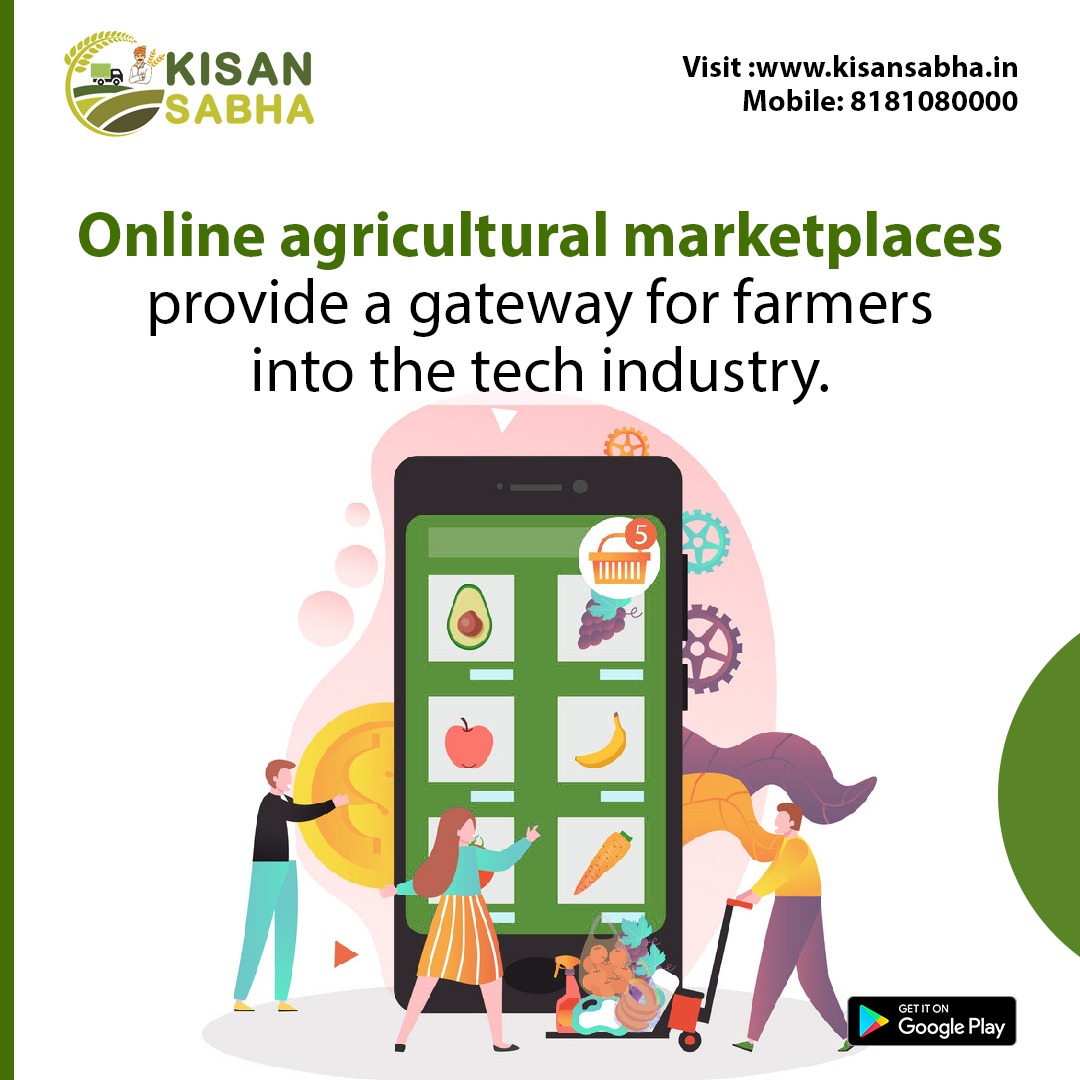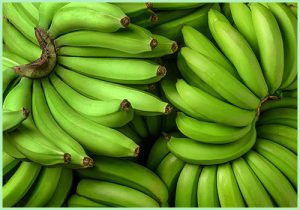More opportunities to employ technology for the benefit of farmers are emerging as internet connections reach further into rural regions and smart gadgets penetrate the world’s main agricultural markets. According to a report, the worldwide digital agricultural market will be worth $10.2 billion by 2025.
Farmers may optimize their everyday operations, increase yields more or less hands-free, and gain free access to trade and a few other services with the proper combination of solutions. But are they ready to adopt and employ these technologies?
Most farmers are unaware of the benefits of these technologies, thus the task for agritech businesses is not just to improve existing solutions, but also to teach farmers how to use them.
Obstacles to Agriculture’s Digital Transformation
- One of the most significant challenges in integrating technology in agriculture is a lack of supporting infrastructure, as well as restricted internet coverage and connectivity.
- Although a lack of a stable internet connection and expensive adoption costs are common barriers to adoption, they are far from the sole ones. The actual issue is a significant gap between farmer experience, digital agricultural businesses’ objectives, and investor expectations.
- Most farmers in poor countries were not born ‘connected.’ For many of them, using a smartphone app is not only hard but also time-consuming. As a result, they struggle to envision how digital technology may be useful, which takes us to the next key obstacle to deployment.
Benefits of the online marketplace for farmers
Like bitcoin exchanges, digital farmer marketplaces provide information on grain trade and other commodities. Farmers on one end utilize such platforms to assess demand, connect with buyers, arrange delivery, and settle agreements. Traders, on the other hand, see bids from farmers. If other businesses can use such platforms, it is reasonable to believe that agribusiness can as well.
Online agricultural marketplaces serve multiple functions. Farmers get free access to trading and a few other services. As they gain experience with more capabilities, they will be able to apply for new integrated technologies. These can include AI engines for automation and prediction, smart irrigation and monitoring technologies, farm management systems synchronized with various toolkits and data sources, and so on.
Overall, this business model is incredibly profitable for farmers because it allows them to handle two problems at the same time. They may readily locate buyers for their products and become more acquainted with the most recent agricultural technologies, making adoption easier. An agriculture trading platform is an excellent technique to simplify farmers’ entry into a larger agriculture technology ecosystem while minimizing marketing efforts.
There are already a lot of agricultural marketplace platforms accessible, and the number is only increasing. For example, KisanSabha Agri Marketplace is a digital solution that connects farmers and industrial purchasers and is one of the biggest players on the market. This comprehensive system works across the whole agricultural supply chain. It’s also one of India’s most prominent online agricultural marketplaces.
Visit www.kisansabha.in for more details.





